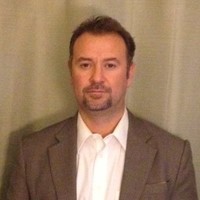- Video Library
- Barry Keenan, Nervonik - Miniaturized Neuromodulation device | LSI Europe '22
Barry Keenan, Nervonik - Miniaturized Neuromodulation device | LSI Europe '22

Barry Keenan
Engineering Scientist and medical device technology leader with over 18 years of experience in medical device research, strategy, market development, product development and commercialization. Broad expertise in a number of class I, II & III medical device technologies including: sensing, drug delivery, neuromodulation and patient monitoring.
Barry Keenan
Engineering Scientist and medical device technology leader with over 18 years of experience in medical device research, strategy, market development, product development and commercialization. Broad expertise in a number of class I, II & III medical device technologies including: sensing, drug delivery, neuromodulation and patient monitoring.

17011 Beach Blvd, Suite 500 Huntington Beach, CA 92647
714-847-3540© 2025 Life Science Intelligence, Inc., All Rights Reserved. | Privacy Policy







